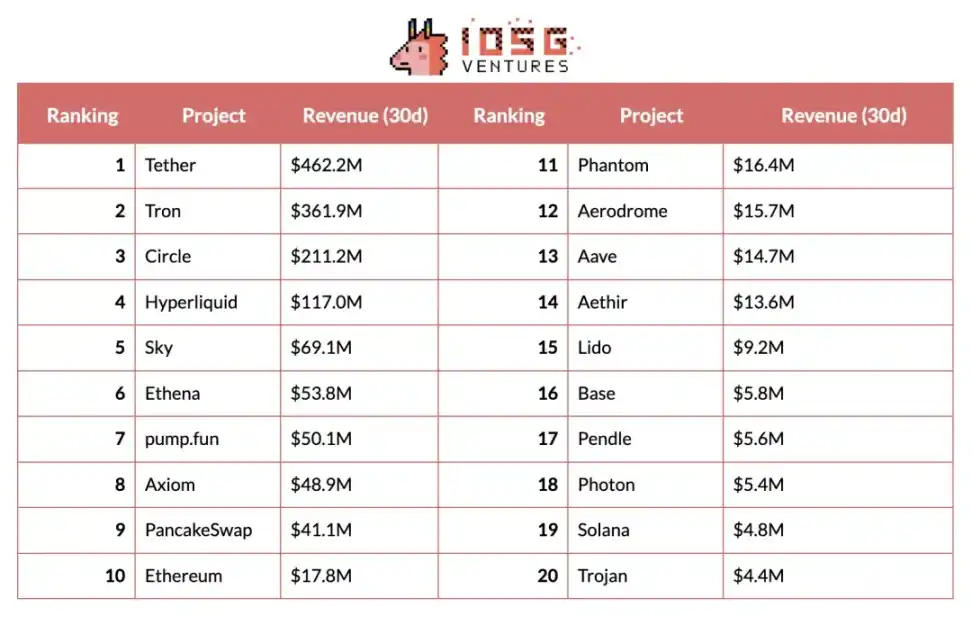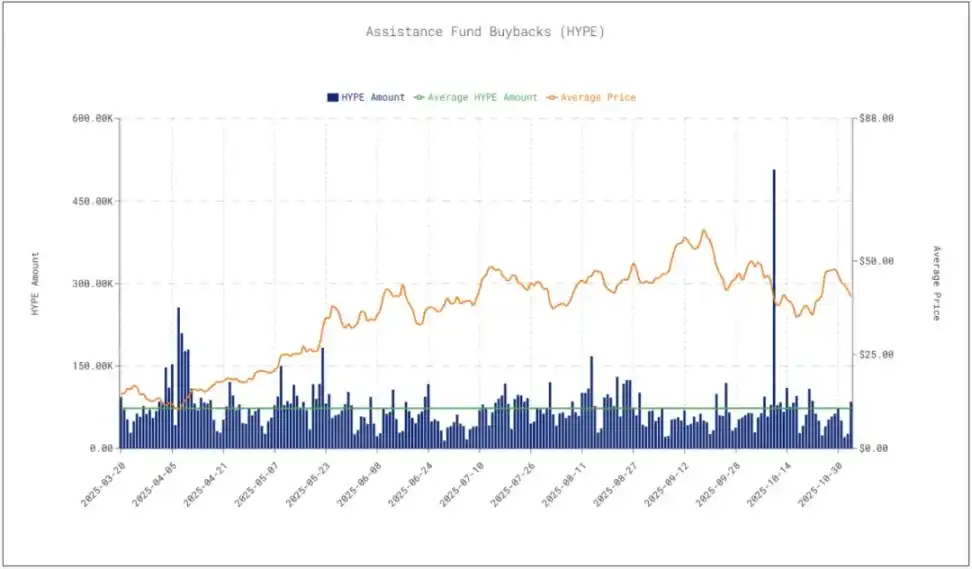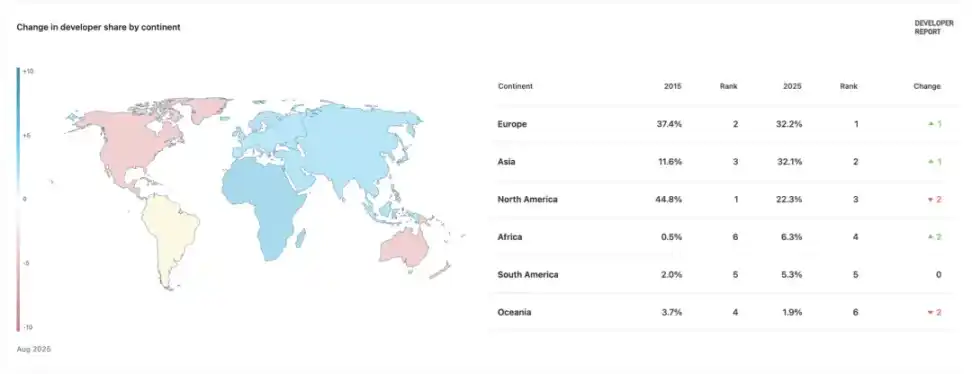Original Title: "IOSG: The Application Cycle is Coming, Asian Developers Entering a Golden Era"
Original Author: Jiawei, IOSG Ventures
In the late 1990s, investment in the internet focused heavily on infrastructure. At that time, the capital market almost entirely bet on fiber optic networks, ISP providers, CDNs, and manufacturers of servers and routers. Cisco's stock price soared, and by 2000, its market value surpassed $500 billion, making it one of the most valuable companies in the world; fiber optic equipment manufacturers like Nortel and Lucent also became hot commodities, attracting billions of dollars in financing.
During this boom, the United States added millions of kilometers of fiber optic cables between 1996 and 2001, building infrastructure far beyond the actual demand at the time. The result was a severe oversupply around the year 2000—cross-country bandwidth prices dropped by more than 90% in just a few years, and the marginal cost of connecting to the internet approached zero.
Although this wave of infrastructure allowed later companies like Google and Facebook to thrive on cheap, ubiquitous networks, it also brought growing pains for the enthusiastic investors of the time: the valuation bubble in infrastructure quickly burst, and the market value of star companies like Cisco shrank by more than 70% in just a few years.
Doesn't this sound similar to the past two years of Crypto?
I. The Era of Infrastructure May Be Coming to an End?
Block Space Has Shifted from Scarcity to Abundance
The expansion of block space and the exploration of the blockchain "impossible triangle" have largely dominated the early development of the crypto industry for several years, making it a suitable topic to discuss as a hallmark element.

▲Source: EtherScan
As a result, Ethereum's key upgrades (such as EIP-4844) have migrated L2 data availability from expensive calldata to lower-cost blobs, significantly reducing the unit cost of L2. The transaction fees for mainstream L2s have generally dropped to the level of a few cents. The introduction of modular and Rollup-as-a-Service solutions has also significantly lowered the marginal cost of block space. Various Alt-L1s supporting different virtual machines have emerged. The result is that block space has shifted from a single scarce asset to a highly interchangeable commodity.
The above chart shows the changes in on-chain costs for various L2s over the past few years. It can be seen that from 2023 to early 2024, calldata accounted for the main cost, with daily costs even approaching $4 million. Subsequently, in mid-2024, the introduction of EIP-4844 led to blobs gradually replacing calldata as the dominant cost, resulting in a significant decrease in overall on-chain costs. Entering 2025, overall expenses are trending towards a lower level.
As a result, more and more applications can place their core logic directly on-chain, rather than adopting the complex architecture of off-chain processing followed by on-chain deployment.
From this point on, we see value capture beginning to shift from underlying infrastructure to applications and distribution layers that can directly handle traffic, enhance conversion, and form cash flow loops.
Evolution of Revenue
Building on the last paragraph of the previous section, we can intuitively verify this viewpoint in terms of revenue. In a cycle dominated by infrastructure narratives, the market's valuation of L1/L2 protocols has primarily been based on their technical strength, ecological potential, and expectations of network effects, known as "protocol premiums."
Token value capture models are often indirect (such as through network staking, governance rights, and vague expectations of transaction fees).
The value capture of applications is more direct: generating verifiable on-chain revenue through transaction fees, subscription fees, service fees, etc. This revenue can be directly used for token buybacks and burns, dividends, or reinvestment for growth, forming a tight feedback loop. The revenue sources for applications have become solid—more from actual service fee income rather than token incentives or market narratives.

▲Source: Dune@reallario
The above chart roughly compares the revenue of protocols (in red) and applications (in green) from 2020 to the present. We can see that the value captured by applications is gradually increasing, reaching about 80% this year.
The table below lists the 30-day protocol revenue rankings as compiled by TokenTerminal, where L1/L2 accounts for only 20% among 20 projects. Notably, applications such as stablecoins, DeFi, wallets, and trading tools stand out.


▲Source: ASXN
Additionally, due to the market response from buybacks, the price performance of application tokens is also gradually becoming more correlated with their revenue data.
Hyperliquid's daily buyback scale is about $4 million, providing significant support for token prices. Buybacks are considered one of the important factors driving price rebounds. This indicates that the market is beginning to directly associate protocol revenue with buyback behavior in relation to token value, rather than relying solely on sentiment or narratives. I expect this trend to continue strengthening.
II. Embracing Applications as the Main Theme of the New Cycle
The Golden Era of Asian Developers

▲Source: Electric Capital

▲Source: Electric Capital
The Electric Capital 2024 Developer Report shows that the proportion of blockchain developers in Asia has reached 32% for the first time, surpassing North America to become the largest developer hub in the world.
Over the past decade, global products like TikTok, Temu, and DeepSeek have proven the outstanding capabilities of Chinese teams in engineering, product development, growth, and operations. Asian teams, especially Chinese teams, have a strong iterative rhythm, can quickly validate needs, and achieve overseas expansion through localization and growth strategies. Crypto aligns perfectly with these characteristics: it requires rapid iteration and adjustment to adapt to market trends; it must serve global users, cross-lingual communities, and multiple market regulations simultaneously.
Therefore, Asian developers, particularly Chinese teams, have a structural advantage in the crypto application cycle: they possess strong engineering capabilities and are highly sensitive to market speculation cycles with strong execution power.
In this context, Asian developers have a natural advantage, enabling them to deliver crypto applications with global competitiveness more quickly. The applications we see in this cycle, such as Rabby Wallet, gmgn.ai, and Pendle, are representative of Asian teams on the global stage.
It is expected that we will soon witness this shift: the market trend will transition from being dominated by American narratives to Asian products leading the way, followed by an expansion into the European and American markets. Asian teams and markets will hold more influence in the application cycle.
Primary Market Investment in the Application Cycle
Here are some insights on primary market investments:
Trading, asset issuance, and financial applications still have the best PMF and are almost the only products that can survive a bear market. Corresponding examples include perpetuals like Hyperliquid, launchpads like Pump.fun, and products like Ethena, which package capital rate arbitrage into products that can be understood and used by a broader user base.
For investments in niche tracks with significant uncertainty, consider investing in the beta of the track, thinking about which projects will benefit from the development of that track. A typical example is prediction markets—there are approximately 97 publicly available prediction market projects, with Polymarket and Kalshi being the more obvious winners, making it unlikely for long-tail projects to overtake them. Investing in tools for prediction markets, such as aggregators and chip analysis tools, is more certain and can capture the benefits of track development, turning a difficult multiple-choice question into a single-choice question.
Once there are products, the next core step is how to bring these applications to the masses. In addition to common entry points like Social Login provided by Privy, I believe that aggregated trading frontends and mobile platforms are also quite important. In the application cycle, whether it is perpetuals or prediction markets, mobile platforms will be the most natural touchpoint for users, whether for their first deposits or daily high-frequency operations, as the experience will be smoother on mobile.
The value of an aggregated frontend lies in the distribution of traffic. Distribution channels directly determine user conversion efficiency and project cash flow.
Wallets are also an important part of this logic.
I believe that wallets are no longer just asset management tools but have a positioning similar to Web2 browsers. Wallets directly capture order flow, distributing it to block builders and seekers to monetize traffic; at the same time, wallets serve as distribution channels, becoming direct entry points for users to access other applications through built-in cross-chain bridges, integrated DEXs, and third-party services like staking. In this sense, wallets control order flow and traffic distribution rights, serving as the primary entry point for user relationships.
For the infrastructure throughout the cycle, I believe that some public chains created out of thin air have lost their meaning of existence; however, infrastructure that provides foundational services around applications can still capture value. Here are a few specific points:
· Providing customized multi-chain deployment and application chain building infrastructure for applications, such as VOID;
· Companies offering user onboarding services (covering login, wallets, deposits and withdrawals, etc.), such as Privy and Fun.xyz; this can also include wallet and payment layers (fiat on/off ramps, SDKs, MPC custody, etc.);
· Cross-chain bridges: As the multi-chain world becomes a reality, the influx of application traffic will urgently require secure and compliant cross-chain bridges.
[Disclaimer] The market has risks, and investment should be cautious. This article does not constitute investment advice, and users should consider whether any opinions, views, or conclusions in this article align with their specific circumstances. Investing based on this is at your own risk.
免责声明:本文章仅代表作者个人观点,不代表本平台的立场和观点。本文章仅供信息分享,不构成对任何人的任何投资建议。用户与作者之间的任何争议,与本平台无关。如网页中刊载的文章或图片涉及侵权,请提供相关的权利证明和身份证明发送邮件到support@aicoin.com,本平台相关工作人员将会进行核查。




